COP30: NZ’s lack of climate ambition undermines global goals and free-trade agreements
Recent domestic policy and legal shifts suggest New Zealand’s coalition government is deprioritising climate action.
Ensure access to affordable, reliable, sustainable and modern energy for all

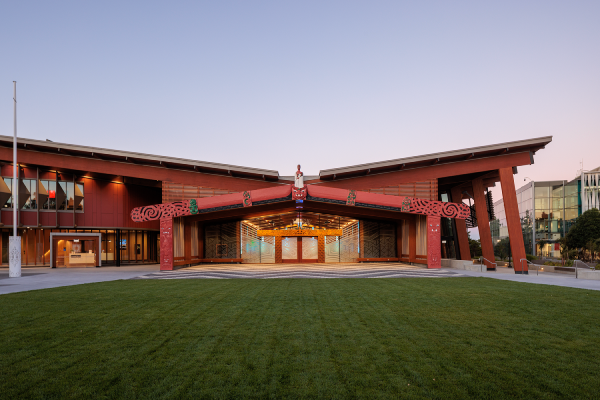
We are proud that our new facility, The Pā, which was built on a brownfield site on our Hamilton Campus, won gold at the Property Industry Awards for 2024.
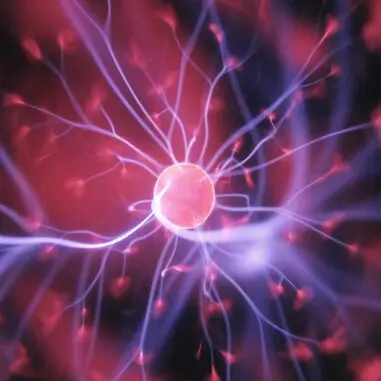
Our Ahuroa - Centre for Smart Energy Systems, works with industry in supporting a transition to more sustainable energy.
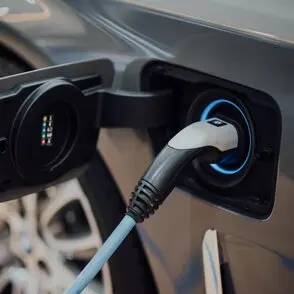
We sponsor Evolocity, an event aimed at educating Kiwis about the benefits of electric vehicles, where school students design and build their own vehicles and compete.
To meet our commitment of becoming carbon neutral by 2030 we are working to upgrade existing buildings to higher energy efficiency, carrying out actions and activities across our campuses. We reduced carbon emissions (scope 1, 2 and 3) by 33% in 2024 (against a 2019 baseline).
Since 2021, the University has been upgrading the infrastructure on its Hamilton campus and has installed a low-emissions chiller and is installing LED lighting across the whole campus. This will reduce emissions in aggregate by 196T of CO2 p.a. We have installed a new biofuel hot water boiler in our student accommodation and are replacing gas radiant heaters and gas domestic hot water cylinders with CO2 heat pumps across the campus. These initiatives will, in aggregate, reduce emissions by 419T of CO2 per year.
Achieving 100% renewable energy use on campus has two elements. Reducing energy requirements by improving building efficiency and generated more energy on campus from solar arrays on campus buildings.
Energy efficiency is addressed through multiple means in the University of Waikato building and design Property Services Standard Brief. Reviewed in 2021, the brief applies to new construction projects as well as the refurbishment of existing buildings. Site orientation, ventilation, control systems, fuel choice, and varied monitoring are just some of the measures the brief covers in terms of energy efficiency, so we can best meet our sustainability goals.
The Pā construction has seen many of our goals put into practice, we are particularly pleased with the specialist windows which will result in heightened thermal performance. Quality management and site control are also outlined as important factors, and they allow us to apply energy saving practices from site conception. Furthermore, the ongoing use and life of the structure is to be considered and monitored for achieving optimal energy efficiency.
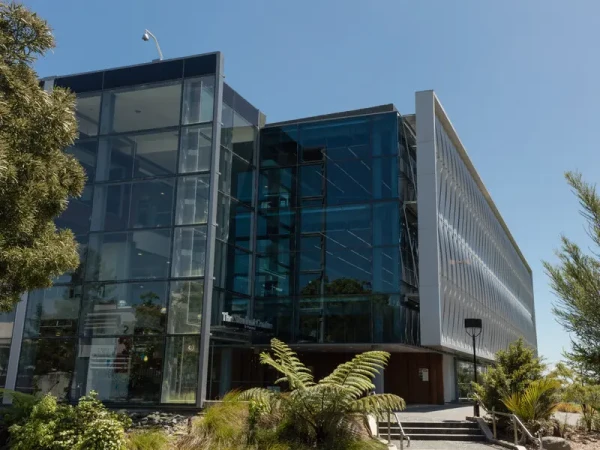
Our Student Centre (Te Manawa) was the first 5-star rated green building in the Waikato. Features include: 72 photo-voltaic panels on the roof, energy-generating lifts which create energy for the building, sophisticated lighting and heating controls, and solar heating of water. The carpet, ceiling tiles, and furniture have been produced with as much recycled content as possible. Rainwater collected from the roof is recycled through the toilets.
Other recent building projects like our law building, Tauranga Campus, and The Pā are all designed with energy efficiency and sustainability in mind.
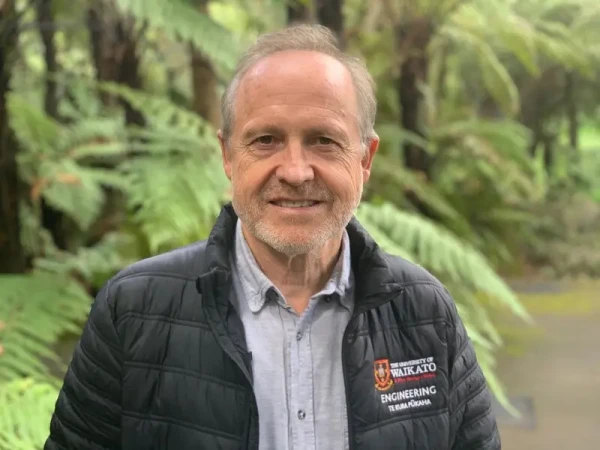
The industrial process heat sector contributes 28% of New Zealand's energy-emissions but represents arguably the most complex and challenging of the energy sectors to decarbonise by 2050. The Ahuora project team is addressing this challenge head-on with the help of $12.5m in MBIE Endeavour funding. Under the leadership of Professor Michael Walmsley, over the next seven years they will use digital twin technology to support large-scale energy users to transition to renewable energy.
You’re currently viewing the website as a domestic student, you might want to change to international.
You're a domestic student if you are:
You're an International student if you are: